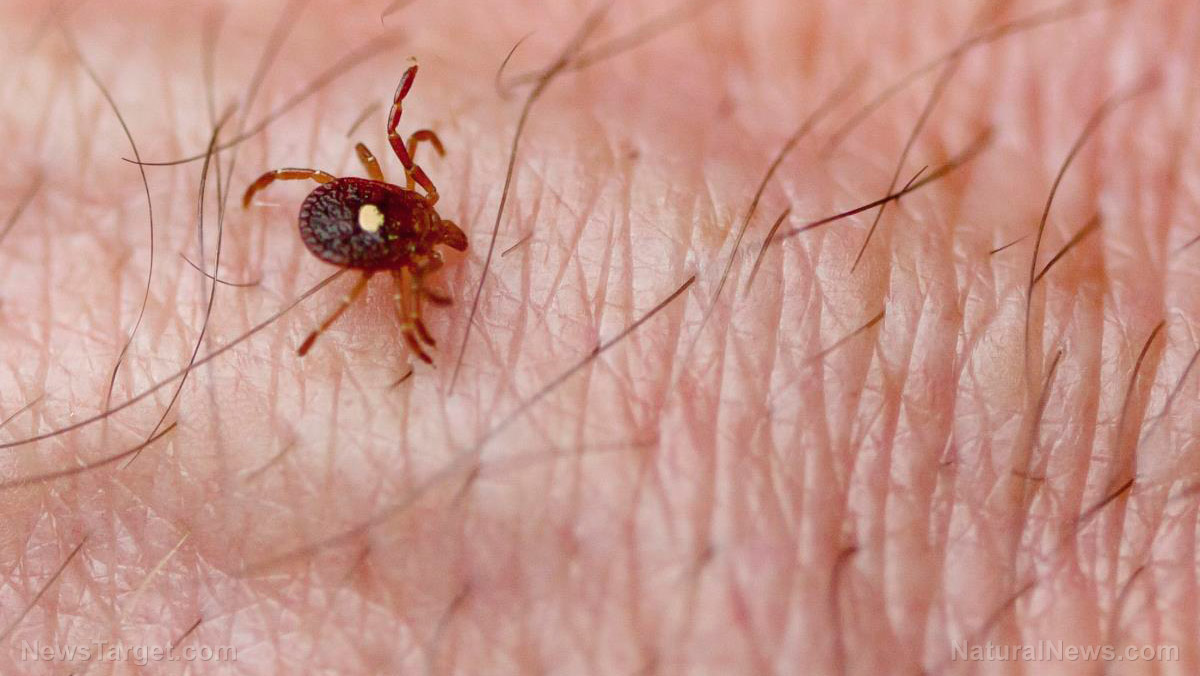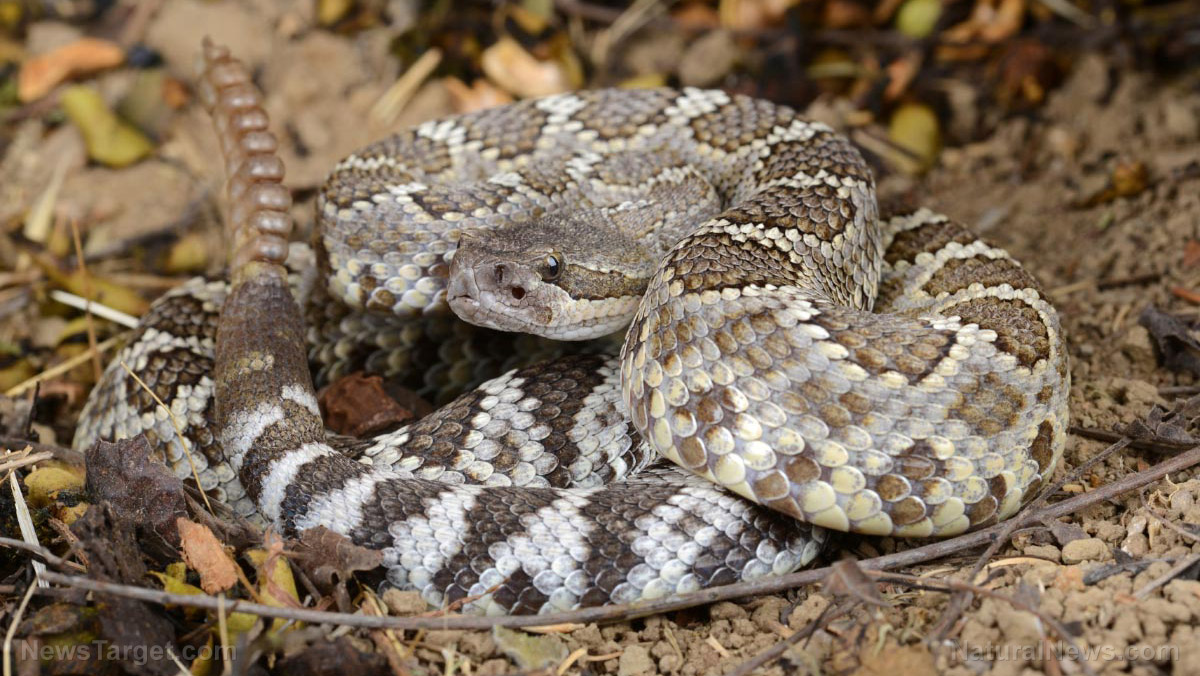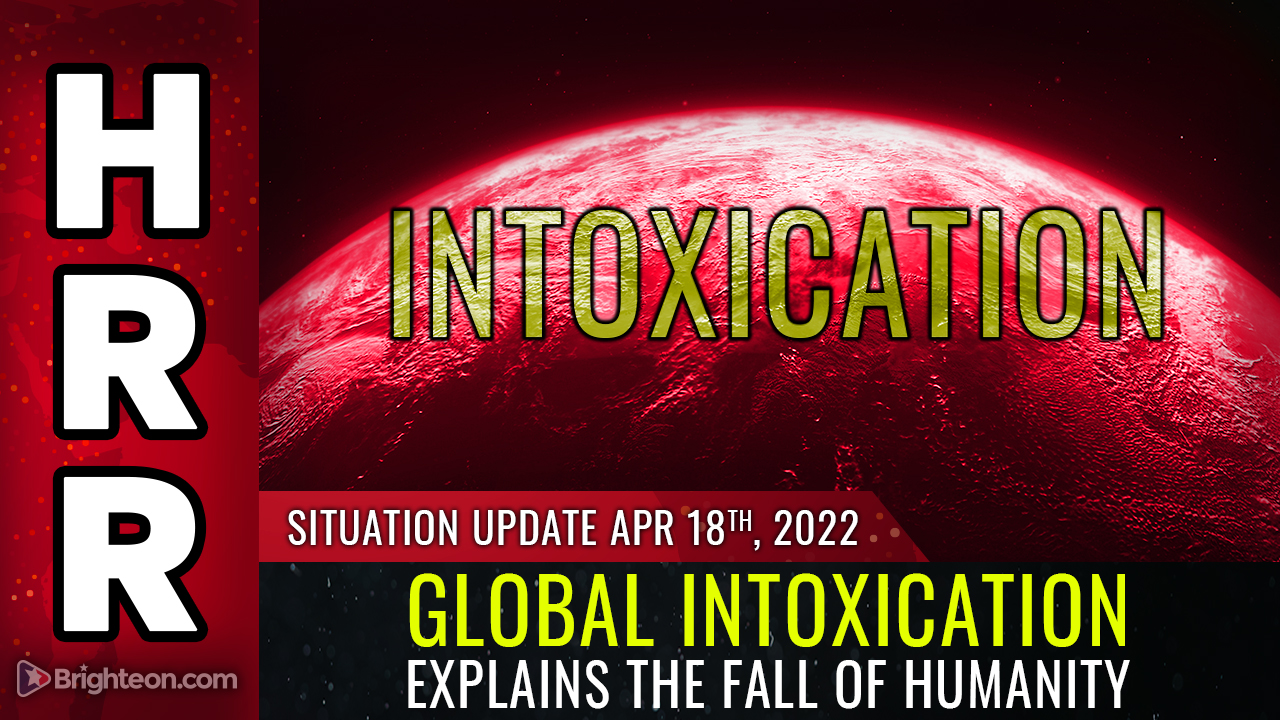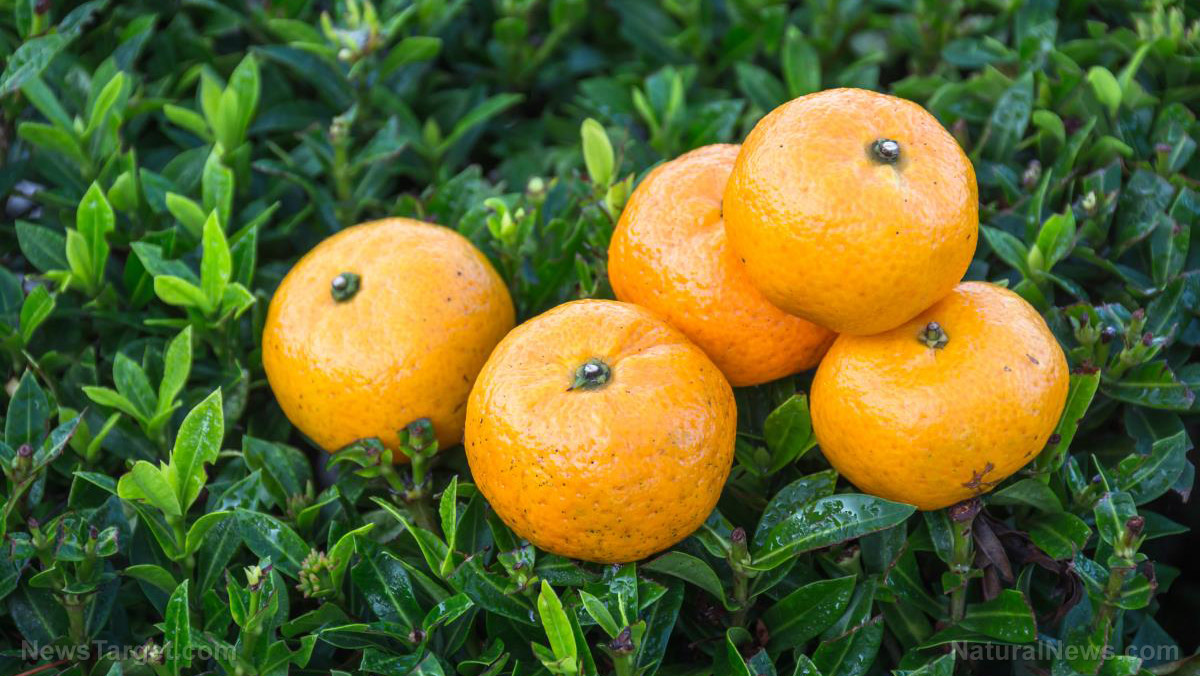Microplastics in the Atlantic Ocean could amount to more than 200 million tons, according to recent projections
08/19/2020 / By Divina Ramirez

There could be more than 200 million tons of minuscule plastic fragments floating across and beneath the entire Atlantic Ocean, and that’s just for three of the most littered plastics.
In a major breakthrough, scientists from the U.K.’s National Oceanography Centre (NOC) found 12–21 million tons of polyethylene, polypropylene, and polystyrene suspended in the top 200 meters (m) of the Atlantic.
Lead author Katsiaryna Pabortsava said that after measuring the mass of microplastics in the top five percent of the ocean, she and her team had been able to estimate the mass of microplastics up to a depth of about 3000 m.
This is the first large-scale assessment of microplastic load done across the entire Atlantic Ocean, from the U.K. to the Falklands, she added. Their findings appeared online in the journal Nature Communications.
Microplastic load in oceans is ten times higher than earlier estimates
In order to determine the dangers of plastic contamination to marine life and to humans, scientists first need good estimates of the amount of this material in the ocean to begin with, said Pabortsava.
In using accurate figures, scientists can better understand how plastic degrades and how toxic it is at certain concentrations.
But for decades, scientists had been unable to balance the mass of actual floating plastic in the ocean with the estimated mass thought to have entered the ocean since 1950.
This is because earlier studies had neglected to measure concentrations of microplastics beneath the ocean surface, she explained.
To this end, Pabortsava and her team collected seawater samples from the Atlantic Ocean in a 2016 expedition.

The group then filtered samples at selected depths and used spectroscopic imaging techniques to determine the plastic contaminants in the samples.
Then, assuming the concentration of microplastics measured at 200 m deep is the same for depths reaching 3000 m, the Atlantic Ocean could hold 200 million tons of three of the most littered plastics alone.
This figure is much higher than scientists had estimated in the past, according to co-author Richard Lampitt.
That said, considering that plastics of other sizes and characteristics have been found in the deeper ocean and in the sediments, it makes sense that the mass of ocean plastics is much higher than earlier estimates.
Therefore, the research indicates that scientists have been underestimating the extent of plastic pollution in the oceans.
The next step now would be to determine the sources of these plastics and the processes responsible for or involved in plastic pollution in the ocean.
Without this fundamental knowledge, it will be difficult to gauge the harms associated with plastic pollution, and to determine how best to use and dispose of plastic, the researchers concluded.
Marine mammals are ingesting microplastics
Scientists still do not understand the possible impact of microplastics in the health of marine mammals and ocean health, in general.
But existing studies on marine life point to plastic pollution as one of the main culprits behind frequent beachings and deaths of marine mammals like seals and dolphins.
In 2019, for instance, researchers from the University of Exeter and the Plymouth Marine Laboratory (PML) in England studied 50 marine mammals, including dolphins, that had been stranded around the coasts of Britain.
The group found that all 50 animals sampled had ingested microplastics. Lead author Sarah Nelms said that their findings are shocking but not surprising.
Nelms and her team found that nylon made up more than 60 percent of the microplastics that the animals had ingested. The group suspected fishing ropes and nets as possible sources of these microplastics.
Penelope Lindeque, the head of the marine plastics research group at PLM and a member of the research team, said that the ubiquitous presence of plastic is disconcerting.
She has found microplastics in all sorts of marine animals, including zooplankton and turtles, as part of her research. (Related: Microplastic pollution is changing ocean ecosystems.)
The ocean is a soup of microplastics, said Lindeque. Chemicals from these plastics could be leaching into the ocean and poisoning marine animals, she added. There are also recent studies that affirm this might be so.
In 2019, for example, scientists found high amounts of polychlorinated biphenyls (PCBs), among other toxic pollutants, in the blubber of bottlenose dolphins in the English Channel’s Normanno-Breton Gulf.
PCBs, a group of chemicals found in plastics, had been banned for decades because of their potential to harm both animals and humans.
But these chemicals still remain in oceans and landfills decades after the ban because of their extreme resistance to degradation.
These studies indicate a pressing need for humans to reduce their plastic use. In doing so, humans can better protect marine life, said Lindeque.
Read more articles about ocean health and plastic pollution at OceanHealthNews.com.
Sources include:
Submit a correction >>
Tagged Under:
This article may contain statements that reflect the opinion of the author





















